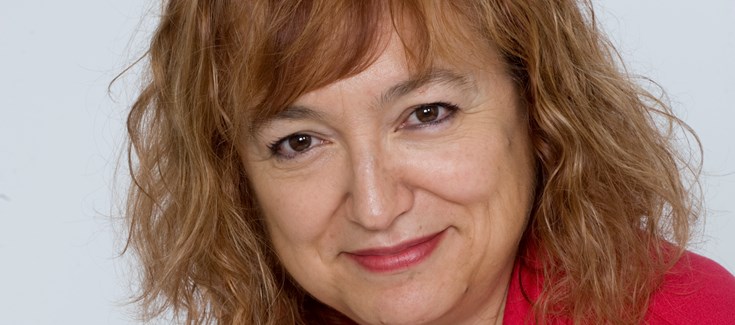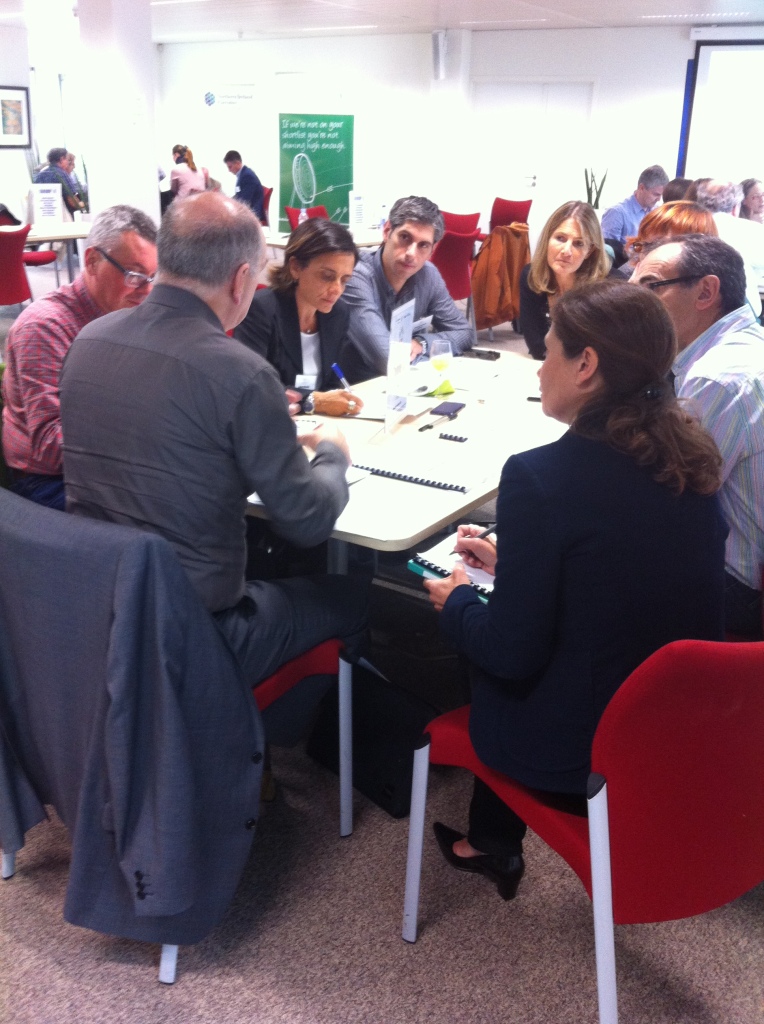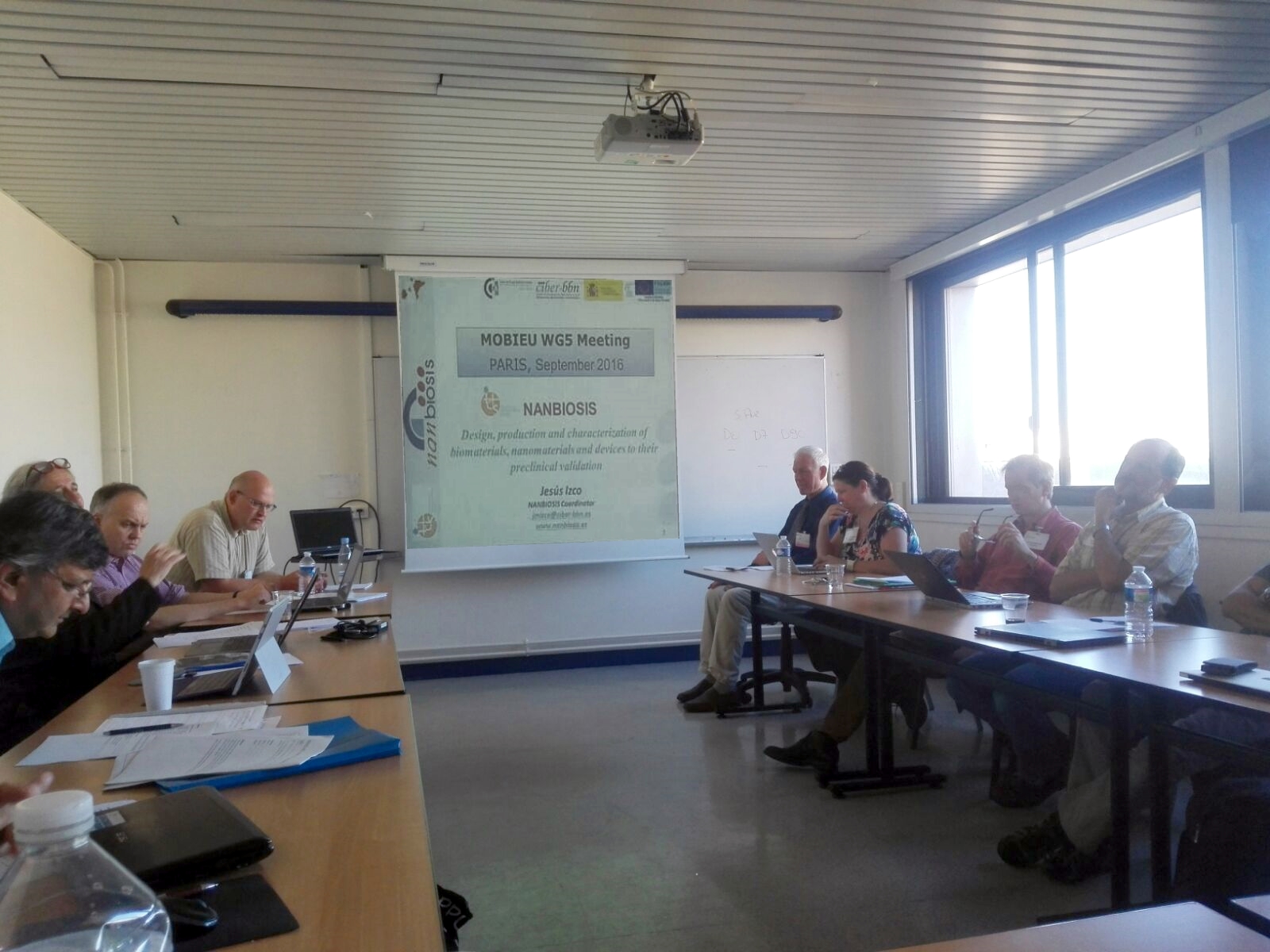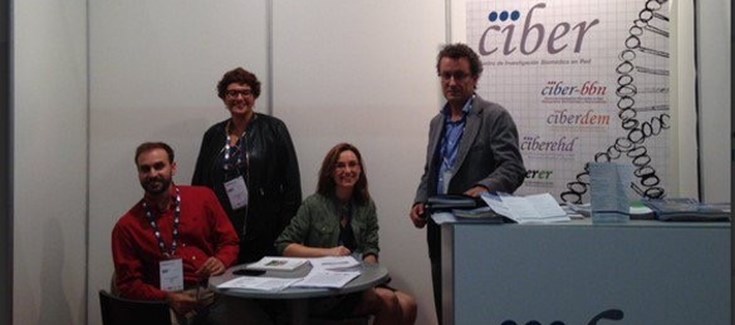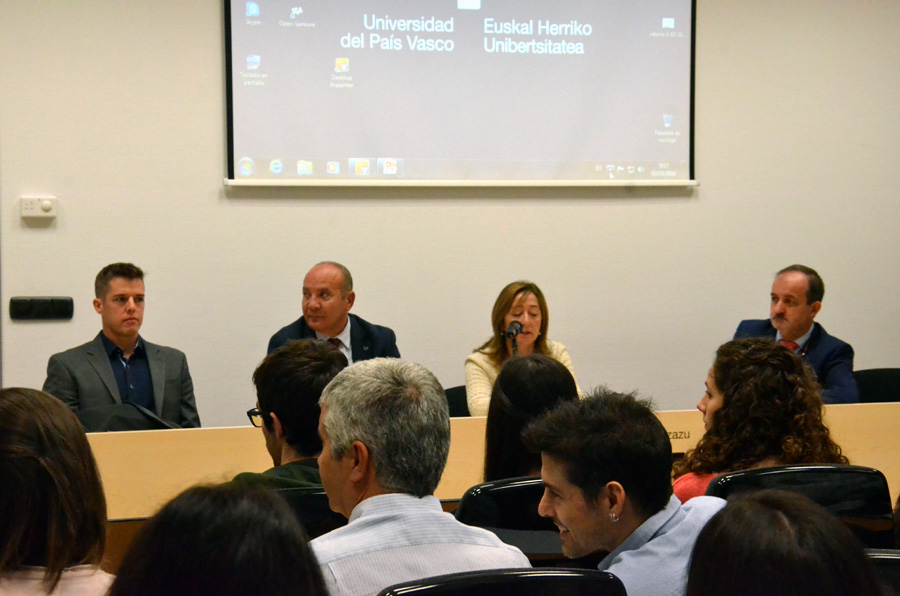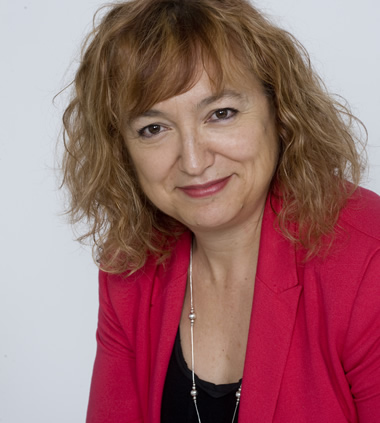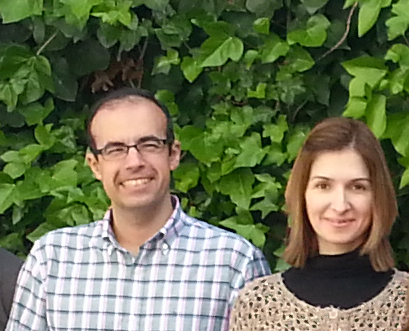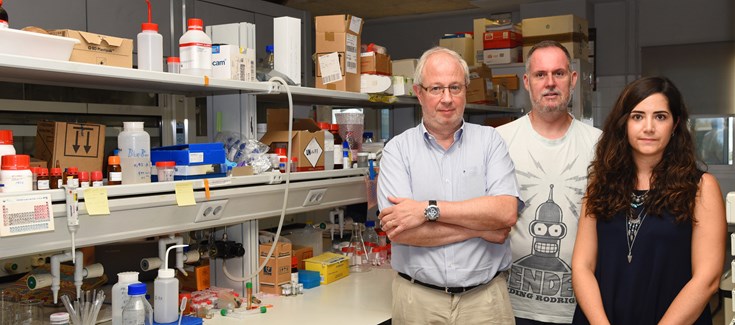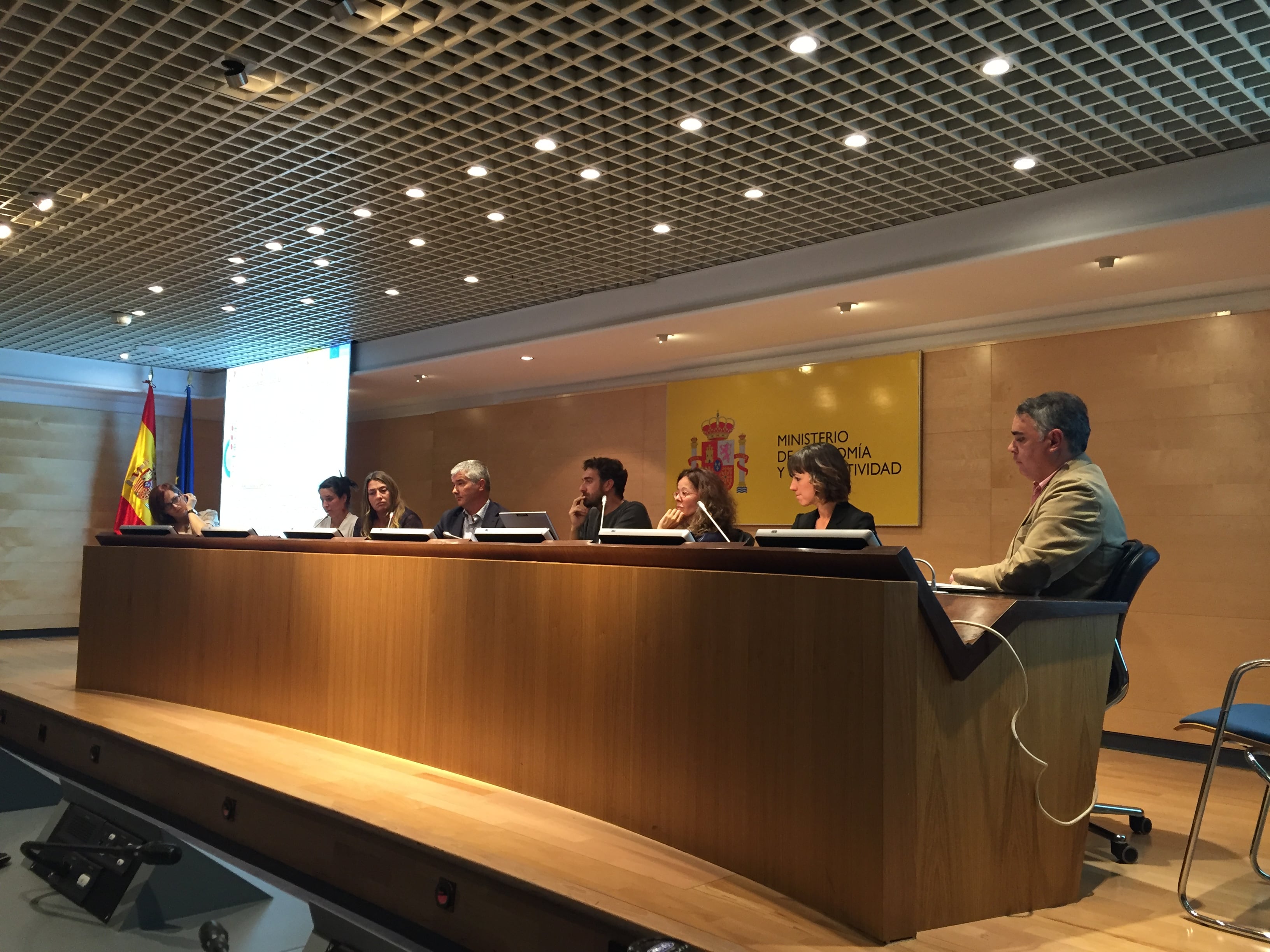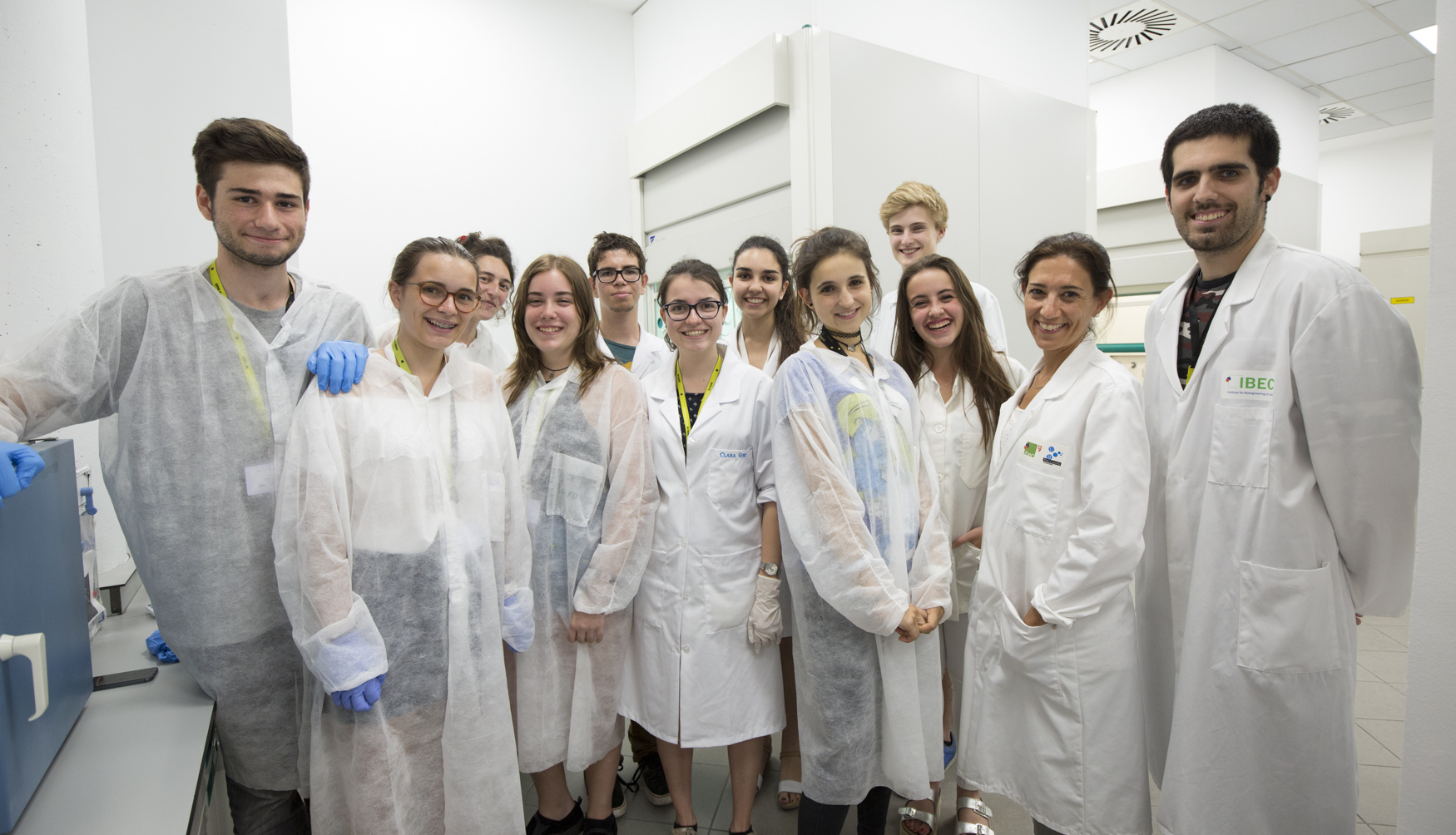Physics Prize of the Royal Spanish Society of Physics (RSEF) to Laura Lechuga
Laura M. Lechuga, Scientific Director of the Unit 4 of NANBIOSIS has won the Physics Prize of the Royal Spanish Society of Physics (RSEF) -Foundation BBVA 2016 in the form of Physics, Innovation and Technology, endowed with 8,000 euros.
Physics Awards recognize this year to researchers who have revealed the potential of the “nanoworld” to create new materials and fight disease.
The jury highlighted her “excellent track record as a scientist, technologist and innovative” in the field of biosensor devices. “Prof. Lechuga – emphasizes the jury- has managed to walk the path from idea to product with great success. Her work combines high quality science with the development of productive technologies and their transfer to the enterprise system through active participation in the creation of companies in the sector”
